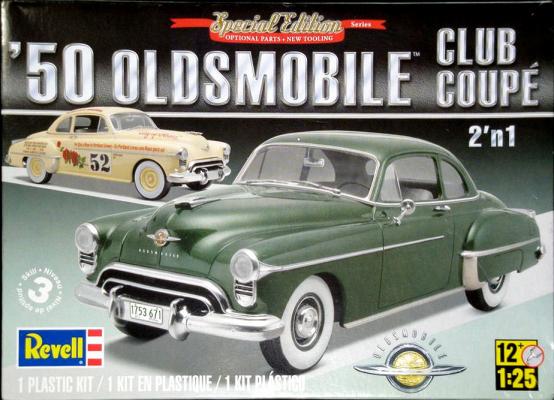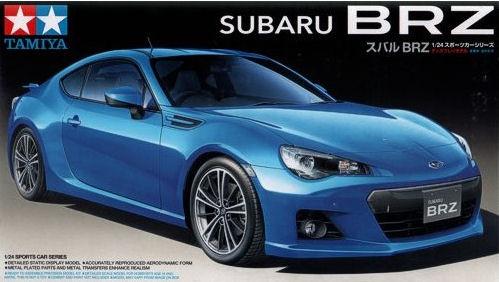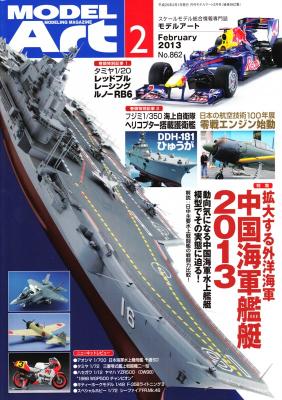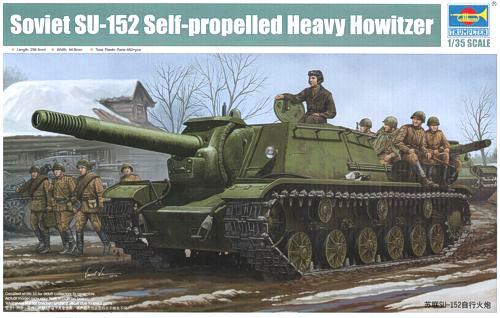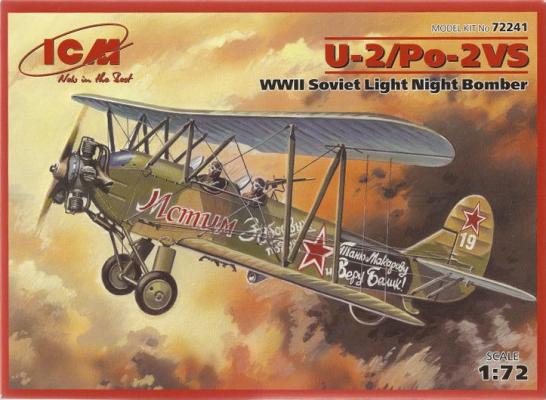Rockets Away! Revell’s new kit of what was essentially the first factory muscle car is a welcome nod to us “longer-lived” modeler-folks who can recall the marriage of GM’s first OHV V-8 and Oldsmobile’s clean styling as being either our first cars or someone in our family’s. The phrase “Not your Father’s Oldsmobile” comes to mind and no…this one wasn’t…exactly…but my Dad did have a ’51 Eighty-Eight which – even as a ten-year old – I recognized would go like the proverbial scalded ape.
Welcome to the IPMS/USA Reviews site!
Introduction: The primary organization of the IPMS/USA Review website is by IPMS/USA National Contest Class. Within each Class there are sub-menus by kits, decals, books, etc. The Miscellaneous Class is for items that are not class specific or that cross two or more classes.
IPMS/USA Members: We encourage you to submit reviews, both here and to the Journal. To volunteer for membership in the IPMS/USA "Reviewers Corps" and submit your own reviews, please read the Guidelines For Submitting Product Reviews.
Manufacturers, publishers, and other industry members: IPMS/USA is pleased to offer your company the opportunity for product reviews. All product reviews are performed by IPMS/USA members, and are posted in the publicly-accessible section of our website. With very few exceptions, we perform full build reviews of new kit releases, aftermarket products, and supplies. If you would care to provide product samples for review, please contact John Noack, IPMS/USA 1st VP.
To learn more about IPMS/USA, please see our About Us page.
1/24th scale, molded in “WRX” mica blue, black, clear and chrome; includes window masking templates, photo etched parts on an adhesive backing, and metal hood brace. The kit makes one version.
History and Research
The Subaru BRZ (B=boxer enginer, R=rear wheel drive, Z=last letter in the alphabet) is a result of a joint collaboration between Toyota and Subaru. It was designed as a world car and is known by the names Subaru BRZ, Toyota GT86, and the Scion FR-S. They are all powered by a flat “boxer”-style 4-cylinder engines in all models and is engineered by Subaru. Most of the rest of the development of the car was the work of Toyota.
Model Art Modeling Magazine is a Japanese publication that is released monthly. The text is mainly in Japanese with some English subtitles throughout. One selling point about these magazines is the high quality of the photographs and the models that are used.
The Stalingrad counteroffensive (Operation Uranus) showed the Red Army's urgent need for mobile heavy guns. The firepower of Soviet tanks, both motorized and with infantry units, was not sufficient to deal with German pillboxes and fortified buildings. In November, 1942, the development of a heavy self-propelled gun armed with 152.4mm ML-20 gun-howitzer was begun as project name KV-14, and the first prototype, Object 236, was completed in 25 days. Using the KV-1S tank chassis, mass production of the SU-152 started in mid-February, 1943, and about 700 were produced until superseded by the ISU-152 in December, 1943. During combat, it was found that the SU-152 was a great anti-tank gun that could take out a Tiger or Elefant tank destroyer with its 107 pound HEAT projectile. During the Battle of Kursk, the lack of roof vents led to crews passing out, so a later production model added vents and a hull machine gun.
History
The Polikarpov U-2 biplane was designed and built during 1928 as a primary trainer for the fledgling Soviet Air Force, and it seemed to possess all of the characteristics desired by that service, including rugged all-wood construction, a low-powered but reliable power plant, and excellent flying characteristics. It was produced in massive numbers, approximately 40,000 of them eventually being manufactured in the Soviet Union and foreign countries. The type was adaptable to many uses, including training, air ambulance, night bombing, crop dusting, and a few were even used as floatplanes. During the war, the plane was re-designated Po-2 in honor of the designer, Nikolai Nikolaevich Polikarpov. A few were even used by the North Koreans during the Korean War for night harassment, as, having all-wood construction, they had a very low radar profile. There are still a few flying today, especially in Europe.











